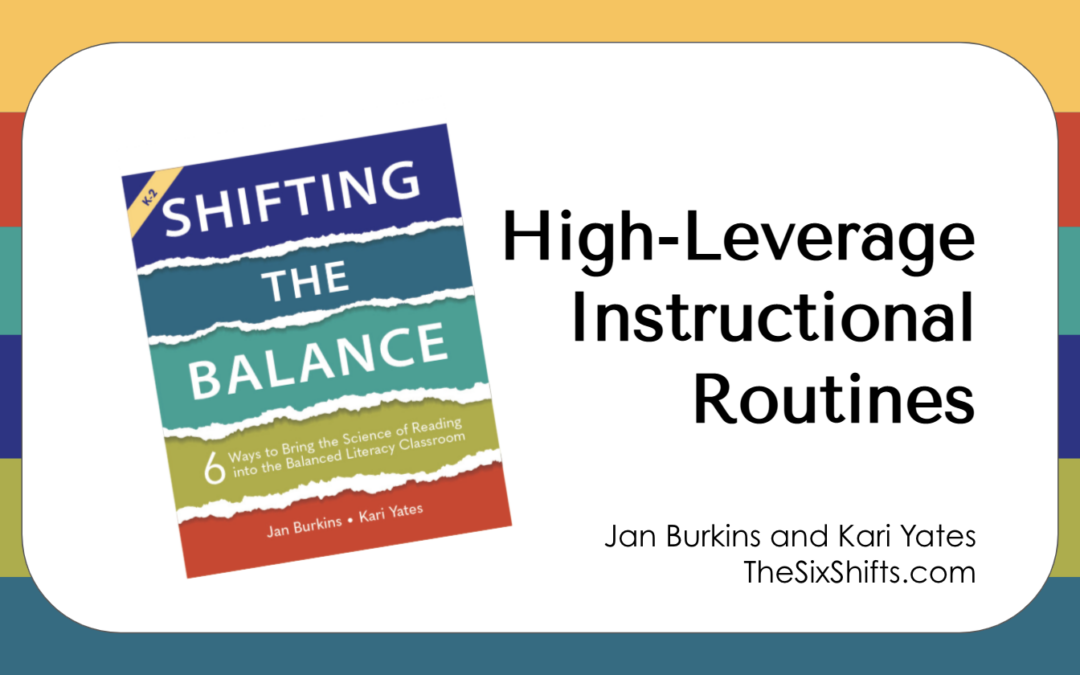Who doesn’t want to make their work easier?
Our ancestors certainly did.
If necessity is the mother of invention, then the need to lift heavy objects led to the invention of the lever. A lever is–as you well know–a simple machine that makes work a lot easier. With a lever, magically, our ancestors could lift a giant boulder with literally half the effort.
That’s because a lever is a “force multiplier.” That means that it multiplies the actual effort you are exerting so that you can lift a lot more. So, you finish the job with energy to spare and you get more done in less time.
And who doesn’t need more time?
A lever is a quintessential illustration of working smarter, not harder.
Every teacher we know feels the pressure of time. But what if we had a lever to multiply the power of what we are doing in the classroom? What if there were some lever-like instructional practices that are the equivalent of “force multipliers”? What if we all had more instructional routines that could help us accomplish more learning with less effort?
Here’s the good news.
As it turns out, there are! We refer to these routines as high-leverage routines–get it, high lever-age routines?–because they are so powerful when it comes to making it easier for children to learn to read. Check out this video to learn more.
In Shifting the Balance, the book and the companion online class, we introduce specific high-leverage routines in six critical areas: comprehension, phonemic awareness, phonics, high-frequency words, prompting readers, and text selection.
For example, word chains are a high-leverage routine that, when used effectively, teach both phonemic awareness and phonics. Word chains require few materials and they are super engaging for children. With a basic understanding of what makes it easier or harder for children to hear the internal sound structure of a word, you can differentiate your word chaining practice to meet the needs of your students and stretch them into next-level understandings of how words work. Basically, you can get a lot more bang for your buck–think force multiplier–by using word chains rather than, say, worksheets or word sorts.
In fact, we’re so excited about the power of word chains, we’ve made a free word chain tool for you that offers 109 ready-to-use lists of words in increasing difficulty. You can download it here.
Not exactly sure how to implement words chains for a high-leverage return?
You can get more support with word chains, as well as many other high-leverage routines that can make learning to read easier for your students–and you less tired at the end of the day–by joining us for Shifting the Balance: The Online Class.



